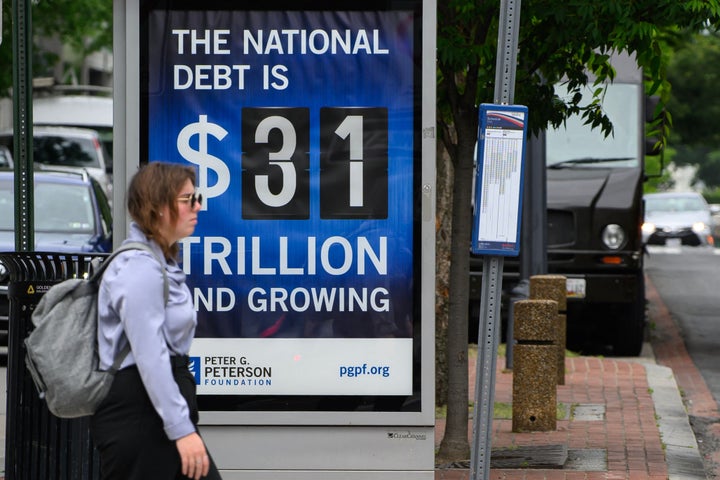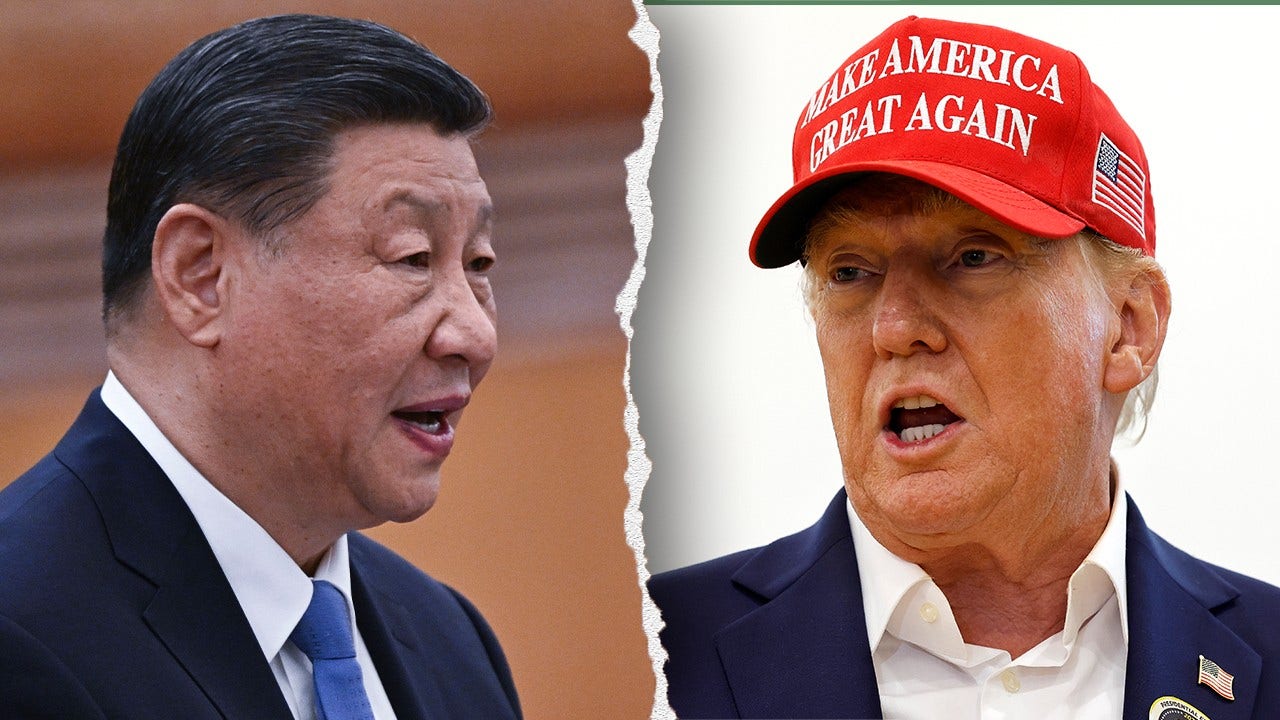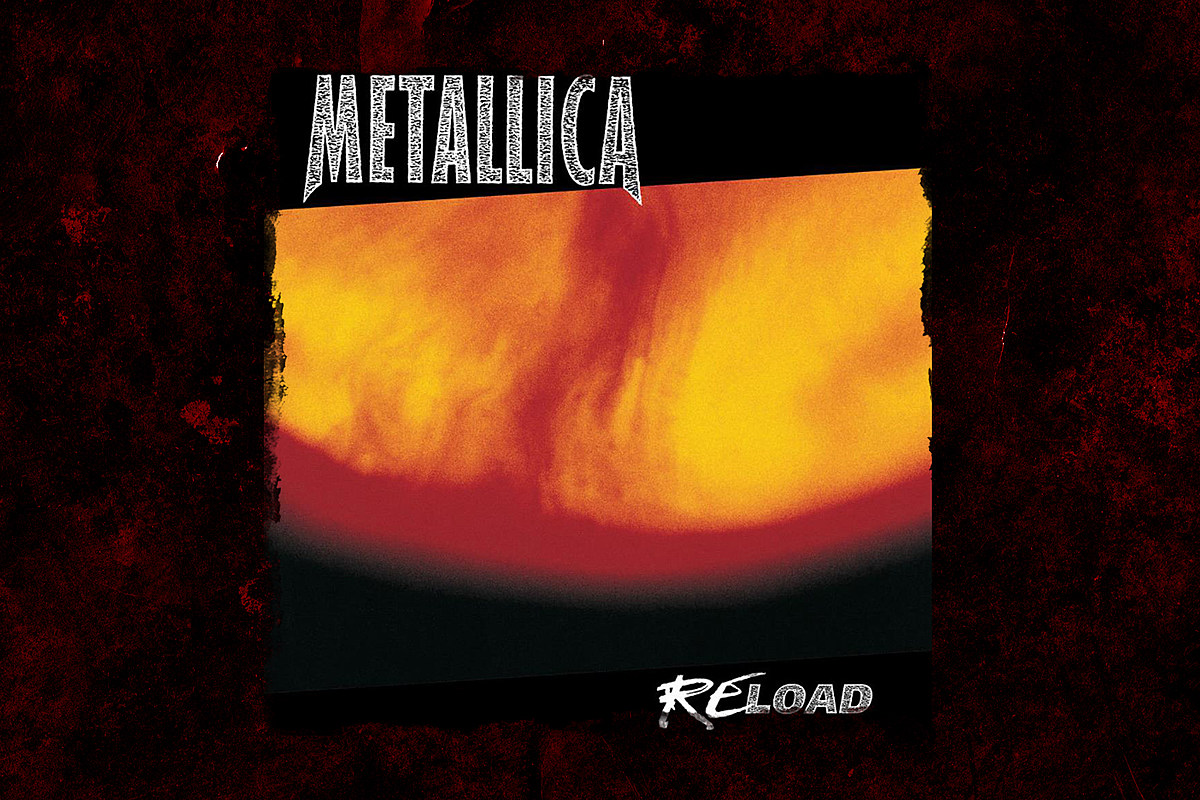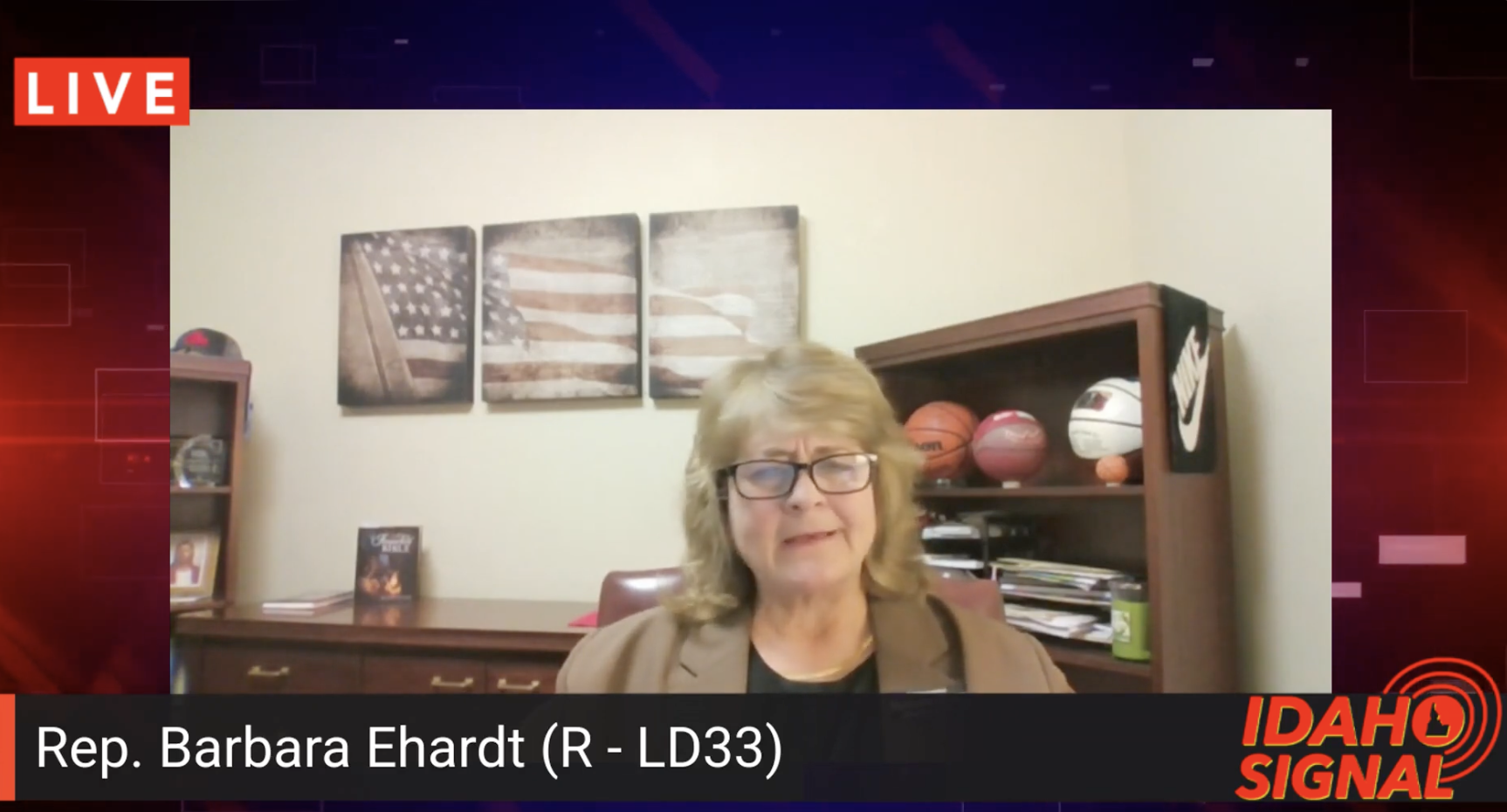Throughout the on-and-off negotiations over whether to raise the debt limit, congressional Republicans have touted one idea as the solution to controlling government spending: annual caps on what the government can spend on day-to-day operations.
The idea accounts for the bulk of the $4.8 trillion in deficit reduction the nonpartisan Congressional Budget Office said their bill would achieve. And Republicans have called it a return to spending sanity after similar caps were put in place in 2011 but later expired.
But those caps did not completely live up to their promised or, depending on one’s perspective, threatened reductions over their 10-year lifespan, were enforced only once as written and have a mixed reputation today for efficacy.
“There’s a pretty good case that spending was lower than it would have been absent caps,” said Marc Goldwein, senior vice president at the anti-deficit Committee for a Responsible Federal Budget.
“But there was a bipartisan agreement to boost discretionary spending a ton. And that agreement continued after the caps expired as well.”
“There’s a pretty good case that spending was lower than it would have been absent caps.”
– Marc Goldwein, senior vice president at the Committee for a Responsible Federal Budget
Congress’ nonpartisan research arm, the Congressional Research Service, gave a lukewarm assessment of the 2011 caps in a report in February.
“During the 10 years in which the caps were in effect, Congress and the President repeatedly enacted legislation increasing the spending limits, thereby counteracting some or all of reductions required as a result of the automatic enforcement mechanism,” the CRS said.
The agency said that “discretionary budget authority provided in most years was higher than the limits prescribed by the [Budget Control Act], sometimes by significant amounts.” But it also said spending for all but the last two years the caps were in effect was lower than had been projected in 2011 before they were enacted.
The idea was simple enough: Put a hard limit for each of the next 10 years on what Congress can dole out to federal agencies including the Department of Defense, Health and Human Services, the Environmental Protection Agency and so on, and make it so Congress and the White House had to enact a law to change those caps.
But the workaround was also easy: Renegotiate those caps in each new Congress to raise them. That happened almost like clockwork from 2013 to 2019, with the result being that the 2011 Budget Control Act’s savings, touted as $2.1 trillion, shrank by about $800 billion, or a bit more than a third, by the time the caps expired in 2021.
And there’s no reason to think that would not happen again. Those deals were struck when a Democrat held the White House and Republicans held Congress, when there was unified control of the White House and Congress by Republicans and when Democrats controlled a chamber of Congress and there was a Republican in the White House.
“During the 10 years in which the caps were in effect, Congress and the President repeatedly enacted legislation increasing the spending limits, thereby counteracting some or all of reductions required as a result of the automatic enforcement mechanism.”
– Congressional Research Service
In fact, the majority of the limit busting came in 2017 and beyond, when Donald Trump was in the White House and Republicans held at least one chamber of Congress.
In only one year, 2012, the first year the caps were in effect, did they function as originally written.
One reason the caps were eased so often was the Rube Goldberg-esque method in which they were put in place. The hope in 2011 was to put caps in place but also have a process to find more savings that both parties could agree upon. But that process, the so-called Super Committee, failed, which then set off a lower set of caps, enforced by across-the-board spending cuts called sequestration.
The severity of those lower caps often scared lawmakers, and Goldwein said the sequester may have undermined the caps.
“From 2012-2015, [the] caps worked as well or better than intended. In each of those years, discretionary spending was below the pre-sequester cap levels and any increase relative to the post-sequester caps was paid for with mandatory spending reductions,” he said.
“In 2016 and 2017, the caps worked pretty well. Similar story to the years above, but more gaming ― including some gimmicky offsets and some use of [emergency war funding]. Not until 2018, after the next President was in office, did policymakers basically abandon the caps.”

MANDEL NGAN via Getty Images
Bobby Kogan, senior director for federal budget policy at the liberal Center for American Progress, said the 2011 caps were unrealistically low, unlike a similar set of caps that had been applied in the 1990s.
“From 1991 to 2002, we had relatively realistic budget caps that we agreed to on a true bipartisan basis and adhered to until a few years after we started running surpluses,” he said.
“The caps in 2011 were unrealistic and imposed under threat of default. Speaker [Kevin] McCarthy’s caps are even more extreme than the 2011 ones.”
While the target savings of the 2011 caps were $2.1 trillion once the sequester kicked in, the projected savings for the caps in the new GOP bill is much larger, $3.2 trillion, according to the CBO.
Kogan said that even if the 2011 caps were not always followed, they did inflict real damage on federal agencies and that the proposed ones would do so as well.
“Unrealistic caps won’t stick ― but [McCarthy’s] cuts are huge and immediate, so even if later years get pared back, they’ll still impose deep costs along the way that harm the American people, our investments in the future, and the effective administration of a democracy.”


























































